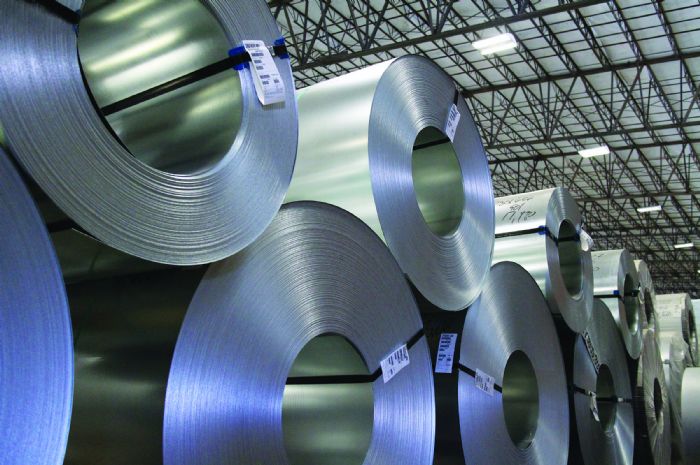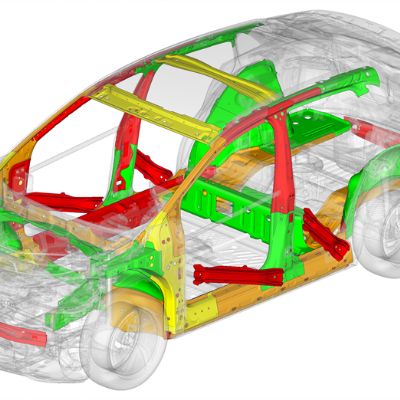Managing the Speed of Change
February 10, 2025Comments
Automotive-metal-stamping technology continues to advance and mature—as it always has—but today this happens more rapidly than ever, and with profoundly more complex technologies. Employer training programs must keep pace with this speed of change to avoid a skills gap and skills shortage.
 When existing workforces’ skill sets do not match the capabilities required to execute their jobs, a gap occurs. When employers cannot fill openings in technical occupations, a skills shortage exists. Factors responsible for skills gaps and shortages include a lack of investment in technical training and skills development, rapid market changes combined with low overall unemployment, and weaknesses in available technical-training programs.
When existing workforces’ skill sets do not match the capabilities required to execute their jobs, a gap occurs. When employers cannot fill openings in technical occupations, a skills shortage exists. Factors responsible for skills gaps and shortages include a lack of investment in technical training and skills development, rapid market changes combined with low overall unemployment, and weaknesses in available technical-training programs.
Rapid Changes Affect Automotive-Stamping Technology
The past 30 yr. have led to an ever-expanding class of high-tensile-strength materials called advanced high-strength steel (AHSS). Unlike the boron-based hot-forming grades, these materials are designed to be cold-formed in traditional stamping dies and press lines at room temperature.
During the last decade, a third generation of AHSS materials has emerged, providing tensile strengths approaching that of hot-formed stampings but with enough ductility to be cold-formed. These ultra-high-tensile-strength materials can push press lines beyond their designed-for capacities.
Beyond steel, other materials change the way that stamping companies operate. For example, aluminum stamping can be challenging, especially when working with new or unfamiliar alloys.
The digital world works hard to keep pace with new automotive materials and stamping technology by delivering more accurate formability analysis, improving springback prediction and responding to variations in the stamping process. Another recent advancement: simulating programmable servo press slide motions in combination with programmable servo transfer systems to optimize strokes/min.
Disruptions Drive Changes in Behavior
We all must confront unexpected changes throughout life. How we perceive disruptions often determines our response. If viewed as a threat, we may react defensively to a change and take immediate action to protect ourselves, our perceptions or our comfort zones. However, perceiving change as an opportunity can lead to a more thoughtful and reasoned response—delaying action or continuing in our established routines as we wait to see how the situation plays out.









